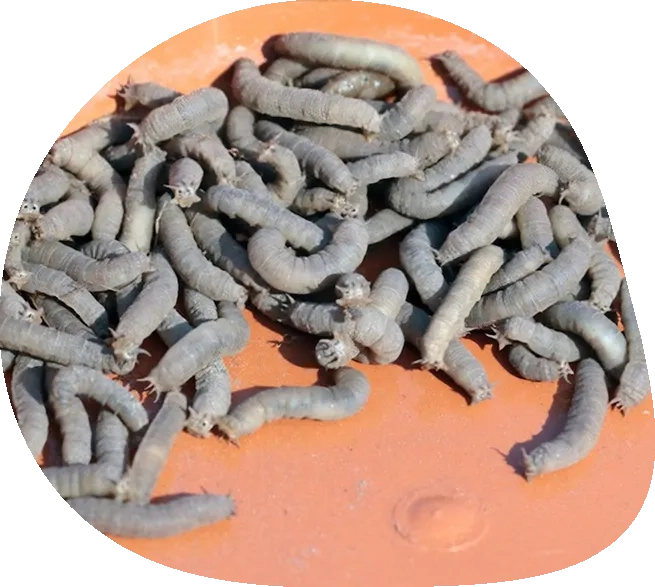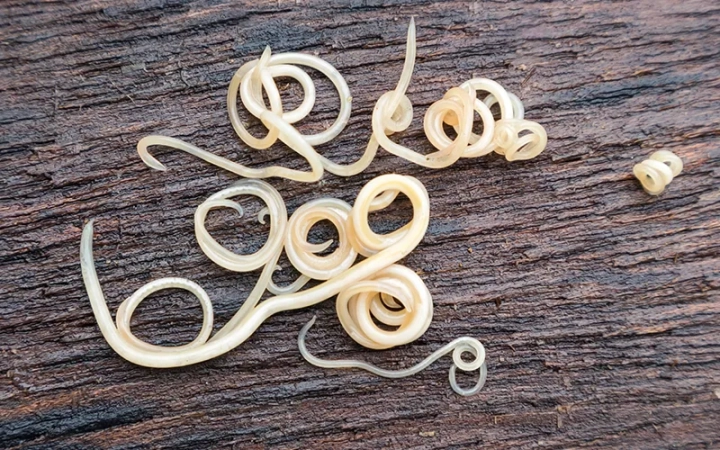Leatherjackets & Chafer Grubs
Leatherjackets & chafer grubs damage lawns by feeding on roots. We use Acelepryn & nematodes for effective, long-lasting pest control.
Contact formCall 07834 672 143 What are Leather
Jackets and chafer grubs?
Leatherjackets and chafer grubs are the larvae of crane flies (also known as Daddy Long Legs and Chafer beetles. Before they mature into the adult stage, they feed on grass roots, which can weaken (and even kill) the grass and make it more susceptible to issues such as drought, ultimately destroying the hard work you have put in to maintain a healthy lawn.
What are the signs of a Leatherjacket and Chafer grub infestation?
The telltale sign of a Leatherjacket and Chafer grub infestation is that you will start to notice yellow patches of grass in the springtime in an otherwise green lawn.
You will also notice that the yellow grass pulls up with very little resistance and no roots attached. Another indication is numerous birds, particularly Starlings, flocking to your lawn and feeding all at once by pecking at the grass. This in itself can be extremely damaging to your lawn.

How can a Leatherjacket and Chafer grub infestation be treated?
1. Acelepryn
Acelepryn is a new insecticide for the UK. Full approval for Acelepryn in Spring 2023 now covers control of chafer grubs and leatherjackets in sports pitches, golf greens, tees and fairways, golf roughs, racecourses and gallops, bowling greens, airfields, and professional application to commercial and residential lawns. Acelepryn acts on muscle function by binding to the Ryanodine receptors in insect muscles.
These receptors regulate calcium release and control muscle contraction. The binding of Acelepryn to these receptors causes paralysis in the insect. Mammals, birds, and fish do not use calcium to regulate muscle function in the same way as insects and hence Acelepryn is very safe to use. Acelepryn will take 3-4 weeks to move through the thatch and into the soil. Once concentrated in the soil thatch interface it will provide 2 months additional protection.
2. Nematodes
Nematodes are microscopic worms that are applied to your lawn. They work by entering the bodies of Leatherjackets via a natural opening and once inside, the nematodes release a bacterium which prevents the Leatherjacket from feeding, ultimately killing it in the process.
This takes around 10-14 days. What makes this such an effective method of controlling Leatherjackets is that the Nematodes reproduce inside the body of the dead Leather and release a new population of Nematodes that disperse and source new Leatherjackets to feed on.

When is the best time to treat the Leatherjacket and Chafer grub infestation in my lawn?
Nematodes can be applied at the double dose rate in the Spring however it is important to re-apply Nematodes in te Autumn as this is when the newly hatched grubs are most susceptible to both Acelepryn and nematodes. Acelepryn can be applied at peak flight in October/November for leatherjackets and June/July for Chafer grubs. This control can only be applied once per year.
Contact form